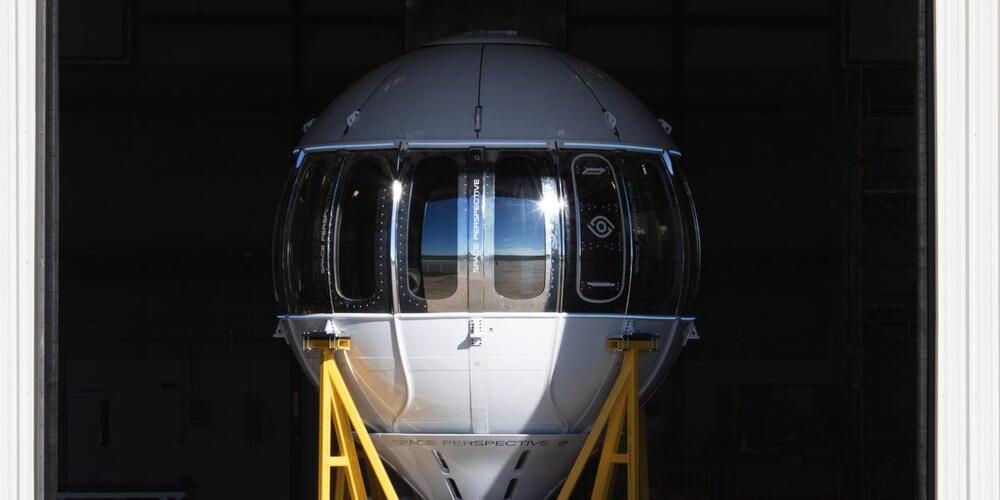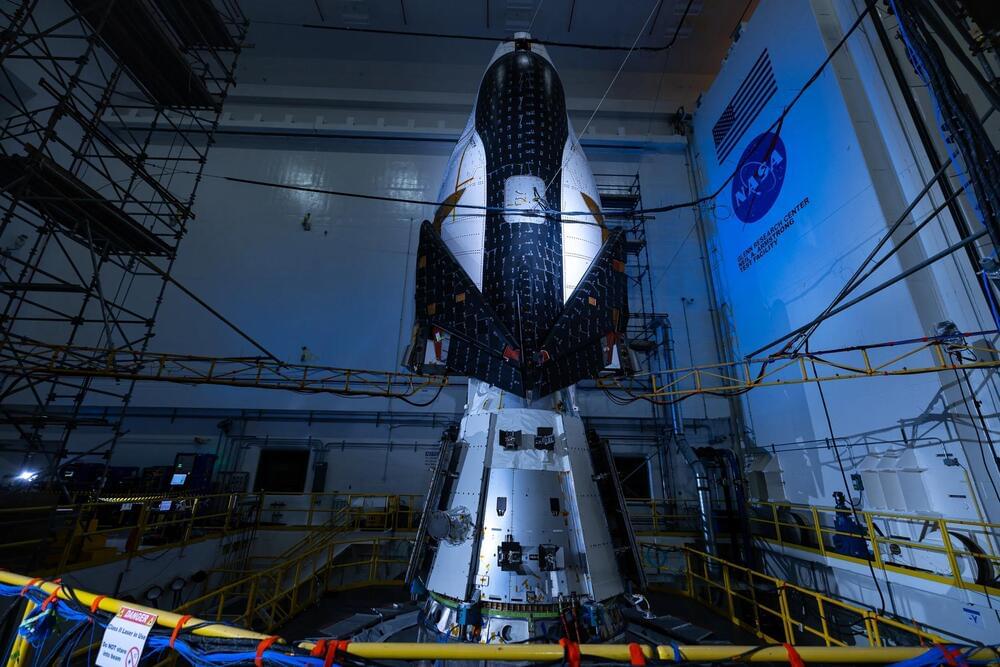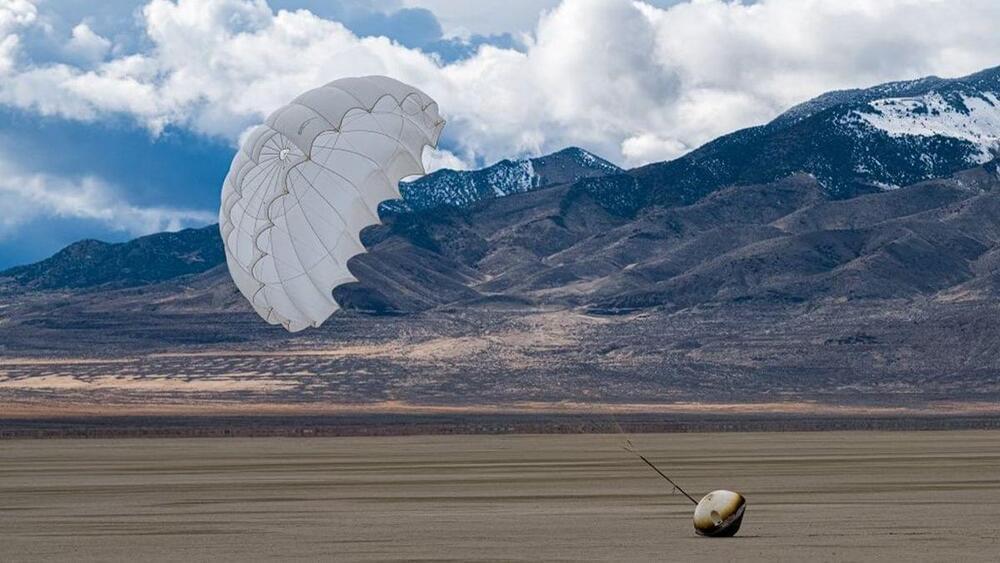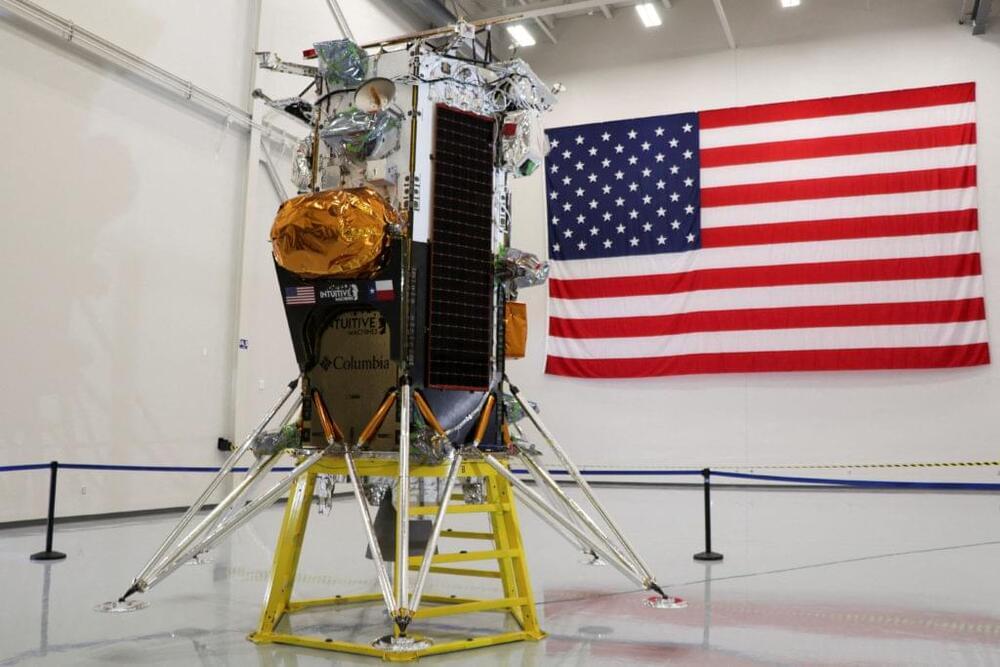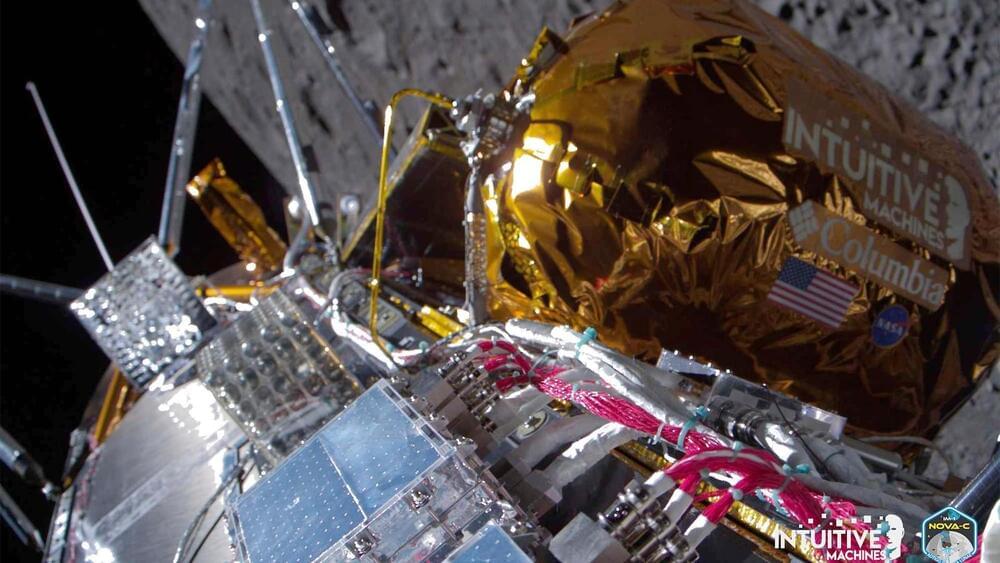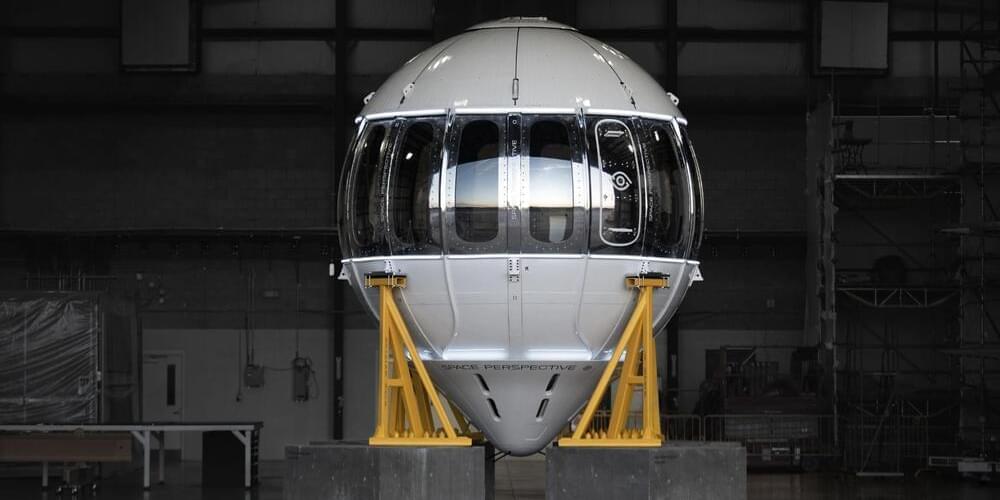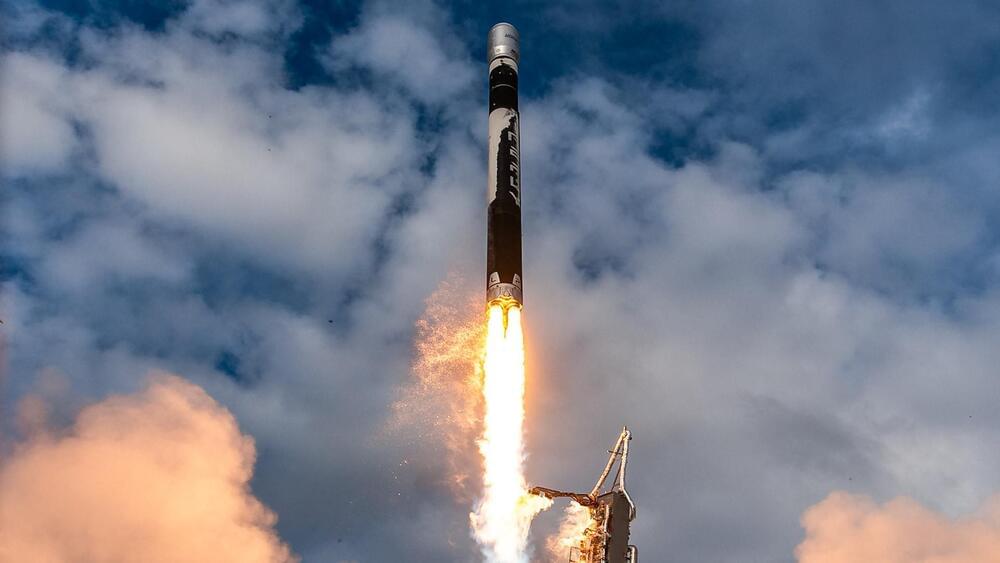Feb 25, 2024
SpaceX has aggressive plan for Starship in 2024 with more than nine launches
Posted by Shailesh Prasad in category: space travel
SpaceX has an aggressive plan for Starship in 2024, planning to launch the rocket at least nine times this year, according to a Federal Aviation Administration (FAA) administrator.
Starship is the most powerful and the largest heavy-lift launch vehicle ever built, and it will eventually be responsible for taking people from Earth to Mars, according to SpaceX’s goals for the project.
However, SpaceX has a long way to go before it will get Starship to that point.

